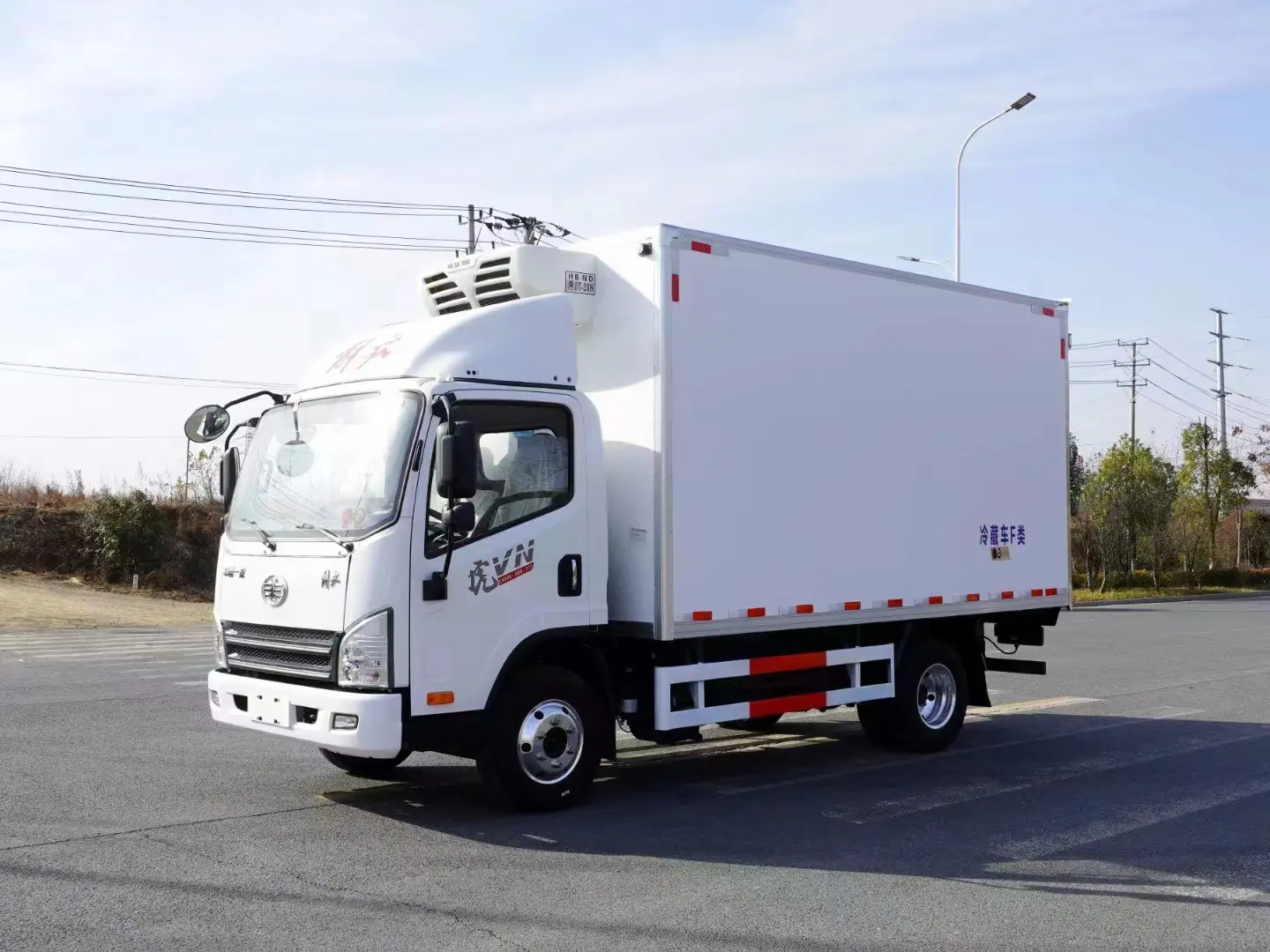Introduction
Garbage compactor trucks play a crucial role in managing waste, especially hazardous materials that pose risks to human health and the environment. These specialized vehicles are designed to collect, transport, and compact various types of waste, including toxic substances, chemicals, and other hazardous materials. In this article, we will explore the importance of garbage compactor trucks in hazardous materials management, their key features and functions, as well as the challenges and best practices associated with their use.
Importance of Garbage Compactor Truck s for Hazardous Materials Management
Garbage compactor trucks are essential for handling hazardous materials due to their specialized design and features that enable safe and efficient waste collection and disposal. Hazardous materials, such as industrial chemicals, medical waste, and toxic substances, require careful handling to prevent environmental contamination and protect public health. Garbage compactor trucks are equipped with features such as air-tight containers, leak-proof compartments, and specialized handling mechanisms to ensure the safe transport of hazardous materials from collection points to disposal sites.
One of the key benefits of using garbage compactor trucks for hazardous materials management is their ability to reduce the volume of waste through compaction. By compacting waste materials, these trucks can carry larger quantities of waste in a single trip, reducing the number of trips required for waste collection and transportation. This not only improves operational efficiency but also helps to minimize the environmental impact of waste transportation by reducing fuel consumption and emissions.
Furthermore, garbage compactor trucks are equipped with advanced safety features to protect workers and the environment during waste collection and disposal. These features may include spill containment systems, emergency shut-off mechanisms, and monitoring devices to detect leaks or other hazards. By ensuring the safe handling of hazardous materials, garbage compactor trucks help to prevent accidents, spills, and other incidents that could lead to environmental contamination or public health risks.
Key Features and Functions of Garbage Compactor Trucks
Garbage compactor trucks come in various sizes and configurations to meet the specific needs of different waste management operations, including the collection and disposal of hazardous materials. Some of the key features and functions of garbage compactor trucks for hazardous materials management include:
1. Sealed and Leak-Proof Containers: Garbage compactor trucks are equipped with sealed and leak-proof containers to prevent the escape of hazardous materials during transportation. These containers are designed to withstand the pressures of compaction and ensure that no harmful substances leak out during transit.
2. Compaction Mechanism: The compaction mechanism of garbage compactor trucks compresses waste materials to reduce their volume and increase the truck's carrying capacity. This feature is particularly useful for handling hazardous materials that need to be transported in large quantities while minimizing the number of trips required.
3. Hazardous Waste Storage Compartments: Garbage compactor trucks have specialized compartments for storing hazardous materials separately from other types of waste. These compartments are designed to meet regulatory requirements for the safe transport and disposal of hazardous waste.
4. Spill Containment Systems: To prevent spills and leaks during waste collection and transportation, garbage compactor trucks are equipped with spill containment systems that capture any escaping hazardous materials and prevent them from contaminating the environment.
5. Monitoring and Safety Devices: Garbage compactor trucks may be equipped with monitoring and safety devices, such as sensors, alarms, and emergency shut-off mechanisms, to detect leaks, fires, or other hazards and respond quickly to prevent accidents and protect workers and the environment.
Challenges and Best Practices in Using Garbage Compactor Trucks for Hazardous Materials Management
While garbage compactor trucks are essential for managing hazardous materials, there are several challenges and best practices to consider when using these vehicles in waste management operations. Some of the key challenges and best practices include:
1. Regulatory Compliance: Hazardous materials management is subject to strict regulatory requirements to ensure the safe handling, transport, and disposal of toxic substances and chemicals. Garbage compactor truck operators must comply with regulations set by local, state, and federal authorities to avoid fines, penalties, and other legal consequences.

2. Worker Safety: Handling hazardous materials poses risks to workers involved in waste collection and disposal operations. Garbage compactor truck operators must provide proper training, personal protective equipment, and safety protocols to protect workers from exposure to harmful substances and prevent accidents or injuries.
3. Waste Segregation: To ensure the safe transport and disposal of hazardous materials, garbage compactor truck operators must segregate different types of waste according to their characteristics and properties. Proper waste segregation helps to prevent contamination, chemical reactions, and other hazards that could endanger workers and the environment.
4. Emergency Response Planning: In the event of spills, leaks, fires, or other incidents involving hazardous materials, garbage compactor truck operators must have emergency response plans in place to contain the situation, protect workers and the public, and prevent further environmental damage. Training, drills, and communication protocols are essential for effective emergency response.
5. Environmental Protection: Garbage compactor trucks play a crucial role in protecting the environment from the harmful effects of hazardous materials. Operators must implement best practices for waste management, such as proper disposal methods, recycling, and pollution prevention, to minimize the environmental impact of waste collection and disposal operations.
Conclusion
Garbage compactor trucks are essential for managing hazardous materials and ensuring the safe and efficient transport of toxic substances, chemicals, and other harmful waste materials. These specialized vehicles are equipped with advanced features and functions to protect workers, the environment, and the public from the risks associated with hazardous materials. By following best practices, complying with regulations, and implementing proper safety measures, garbage compactor truck operators can effectively manage hazardous materials and contribute to a cleaner, safer, and healthier environment for all.
